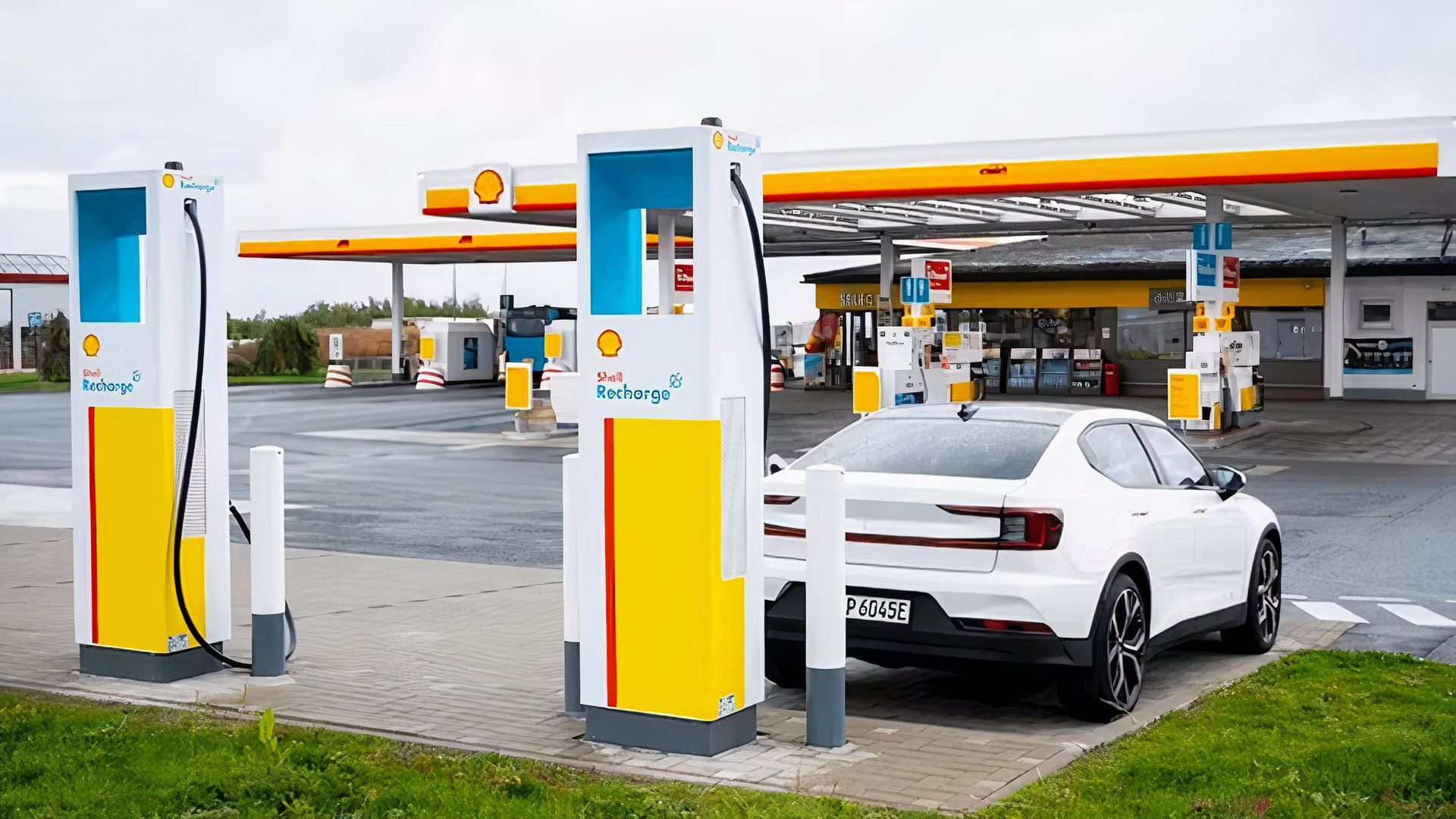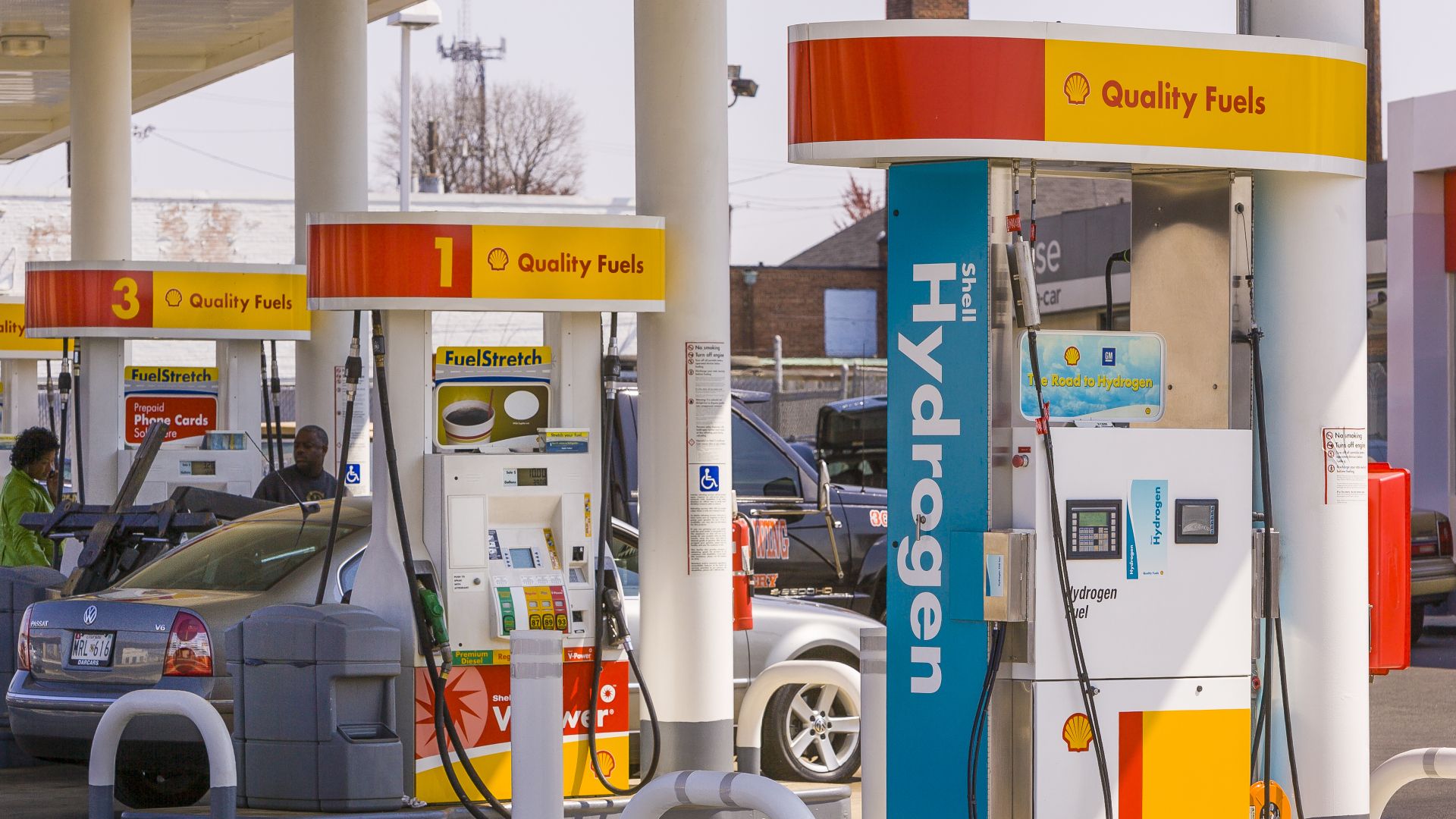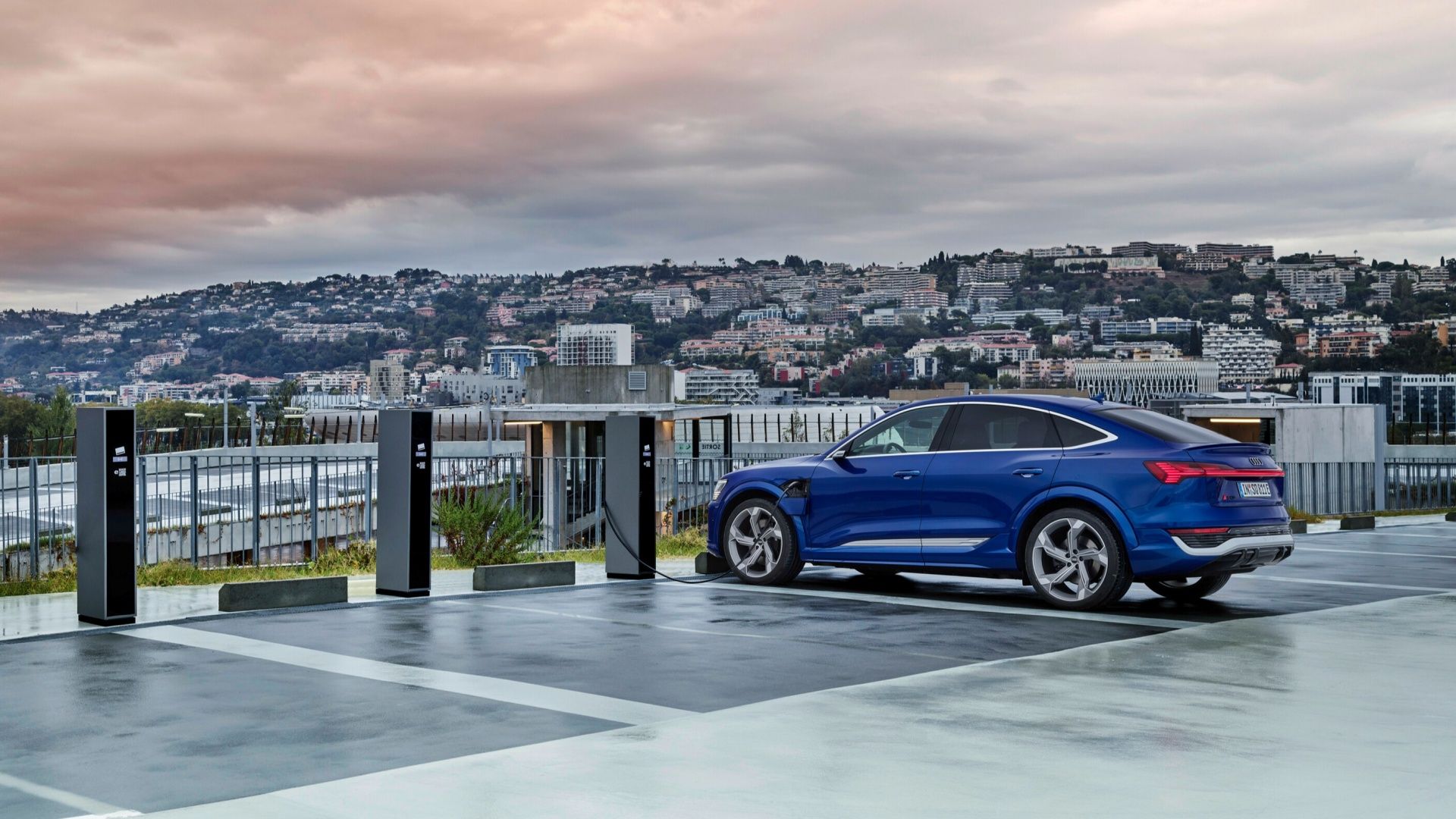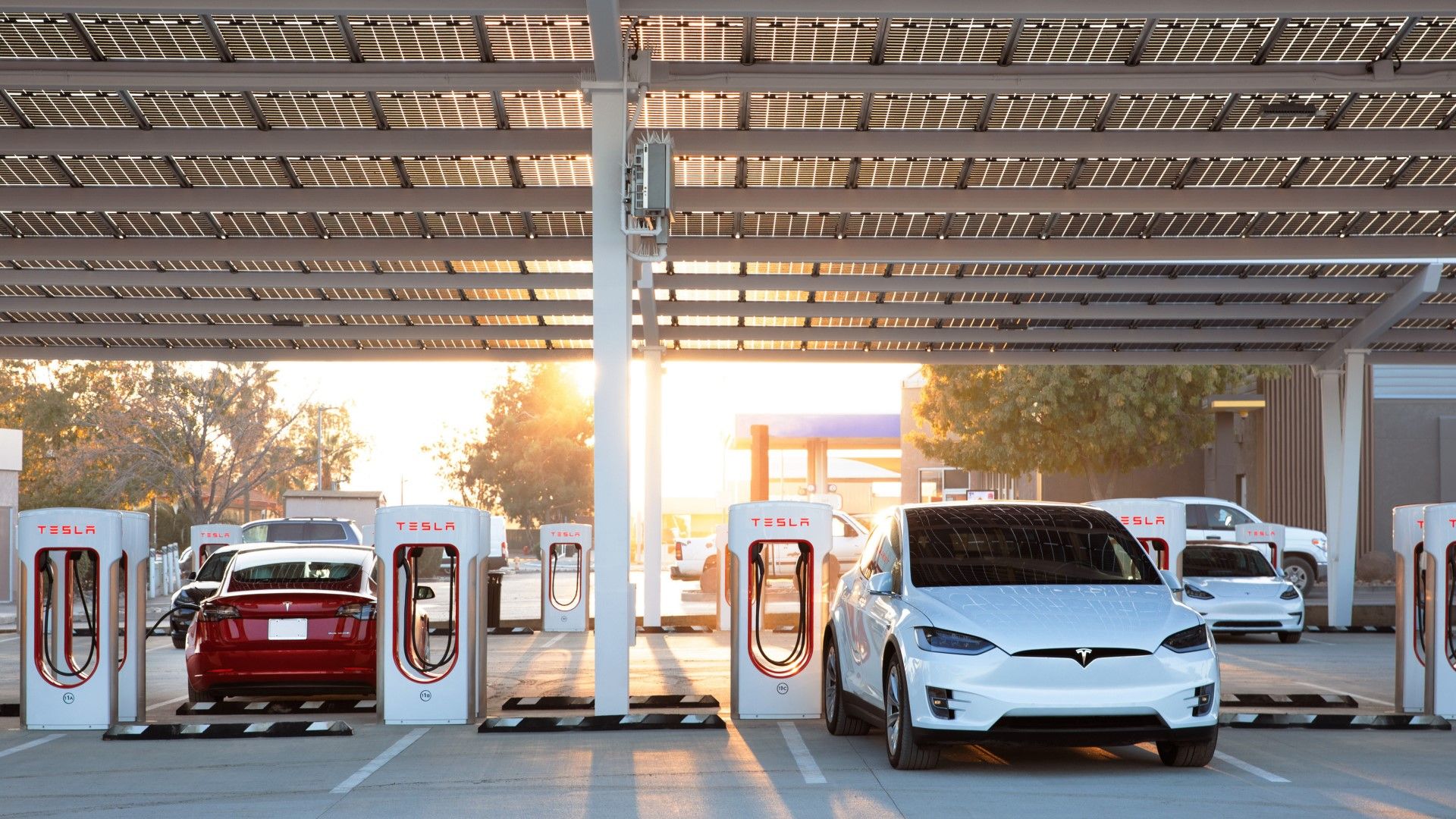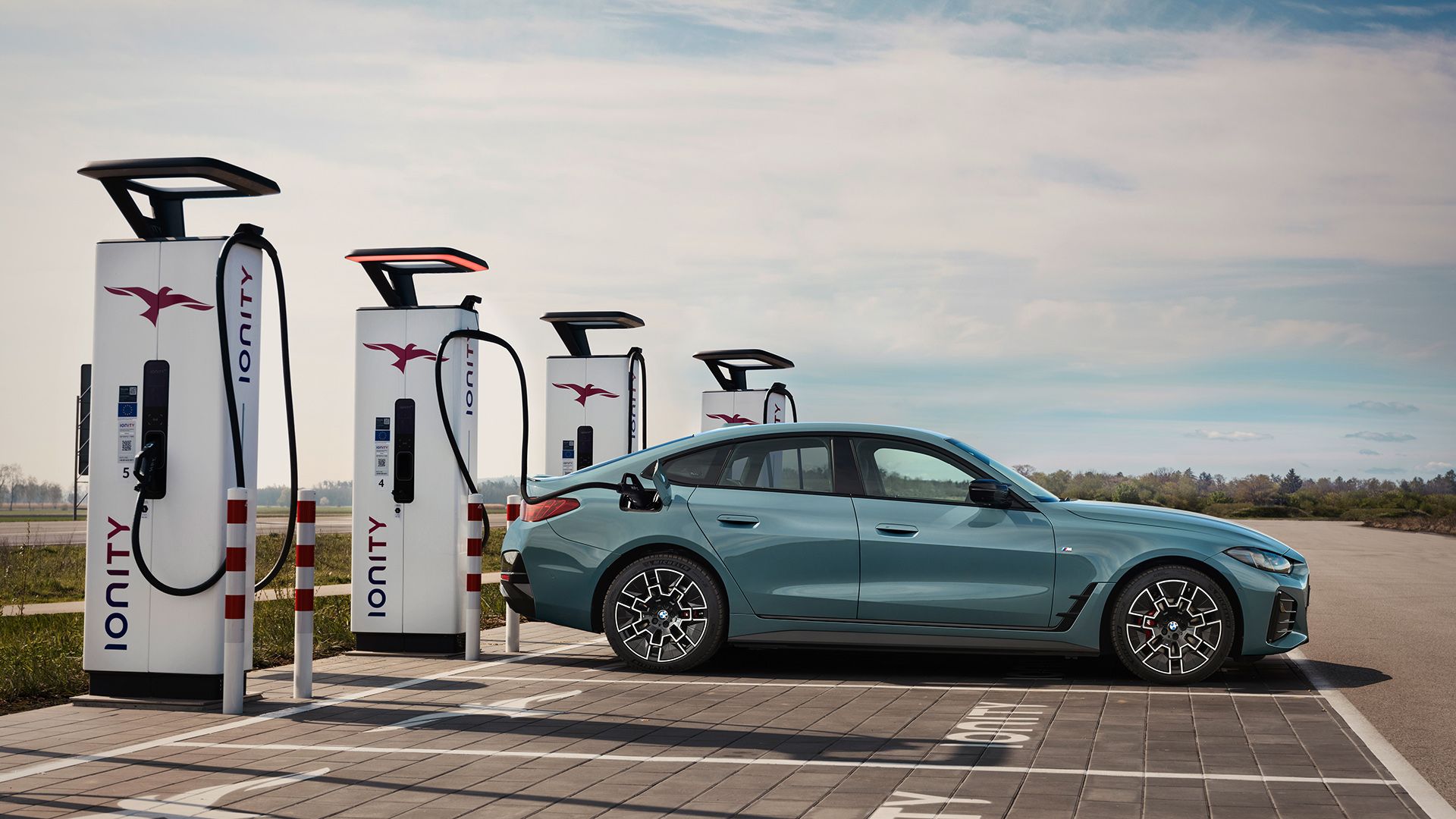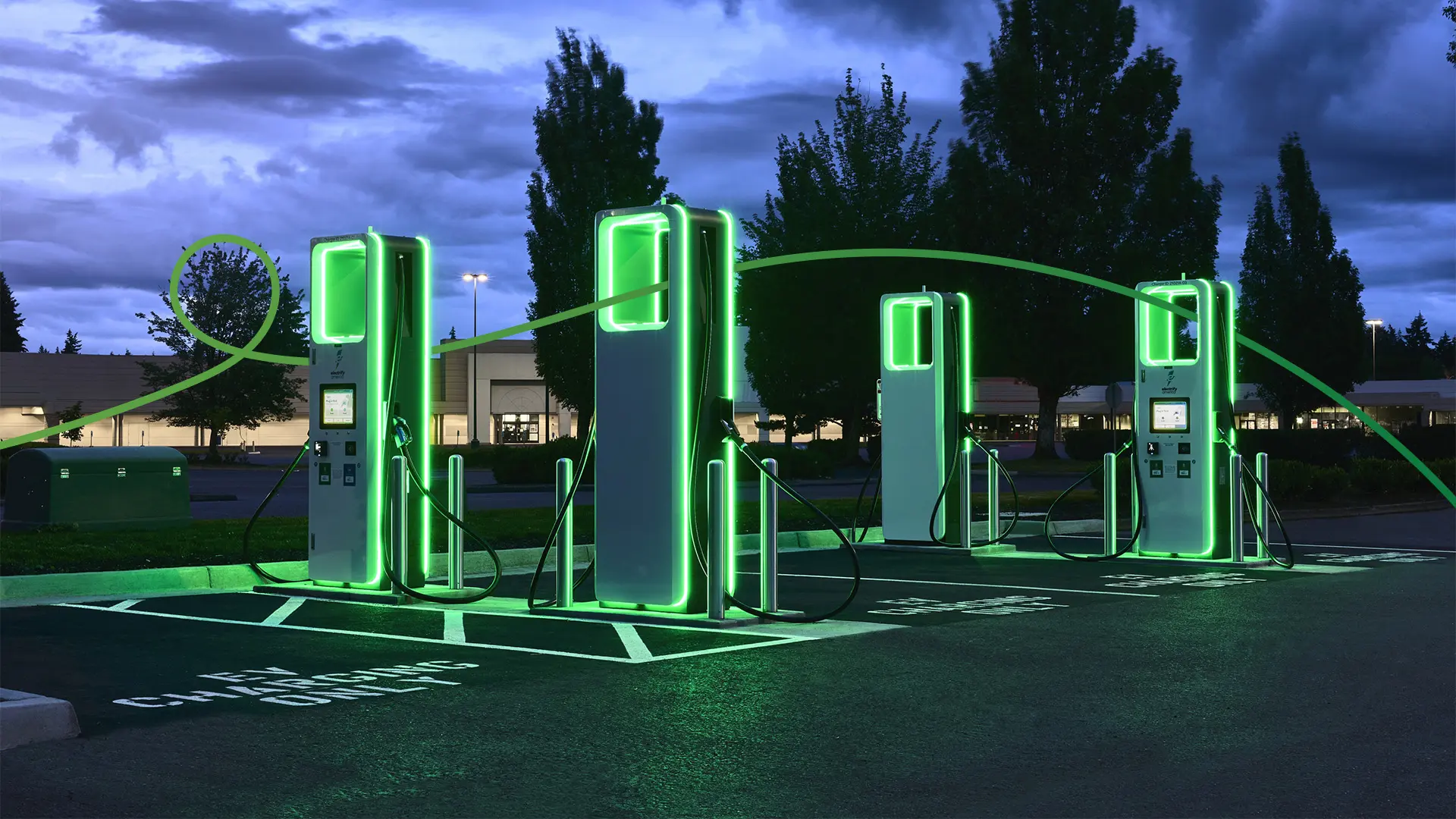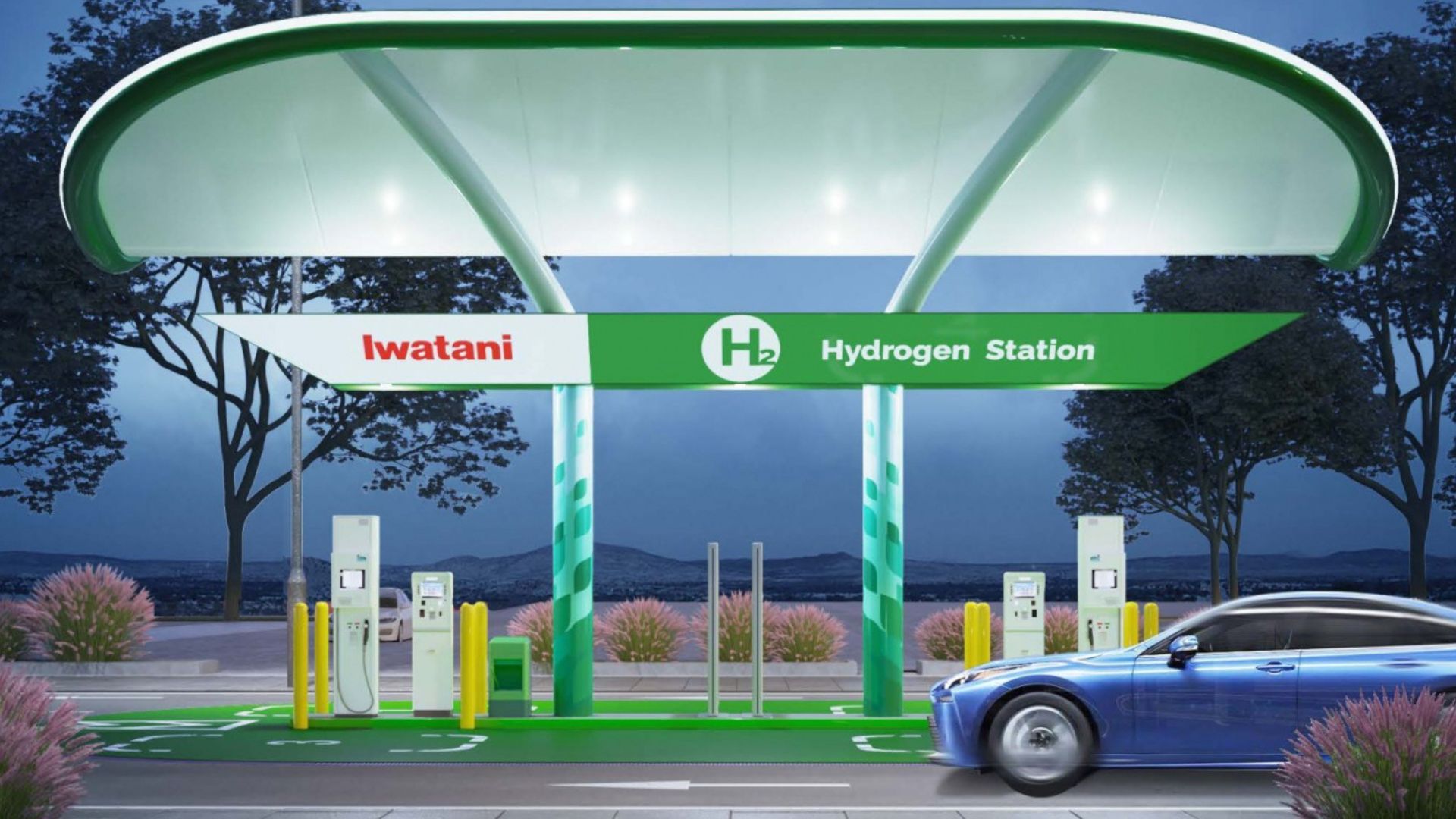As global demand for electric vehicles (EVs) continues to rise, the race to build the most extensive and efficient EV charging infrastructure has intensified. Countries around the world are investing heavily in expanding their charging networks to accommodate the growing number of electric vehicles on the road. This is accompanied by the emergence of massive charging stations that can charge hundreds of vehicles simultaneously, setting new standards in terms of size and efficiency.
In this ever-changing landscape, one charging station has stood out not only for its size, but also for its strategic location and the number of electric vehicles it can serve in a day. As the largest in the world, this station represents the current pinnacle of electric vehicle infrastructure and reflects the growing commitment of traditional energy companies to the future of electric mobility.
To provide you with the most up-to-date and accurate information possible, the data used to create this article comes from authoritative sources including Shell, BYD and CarBuzz.
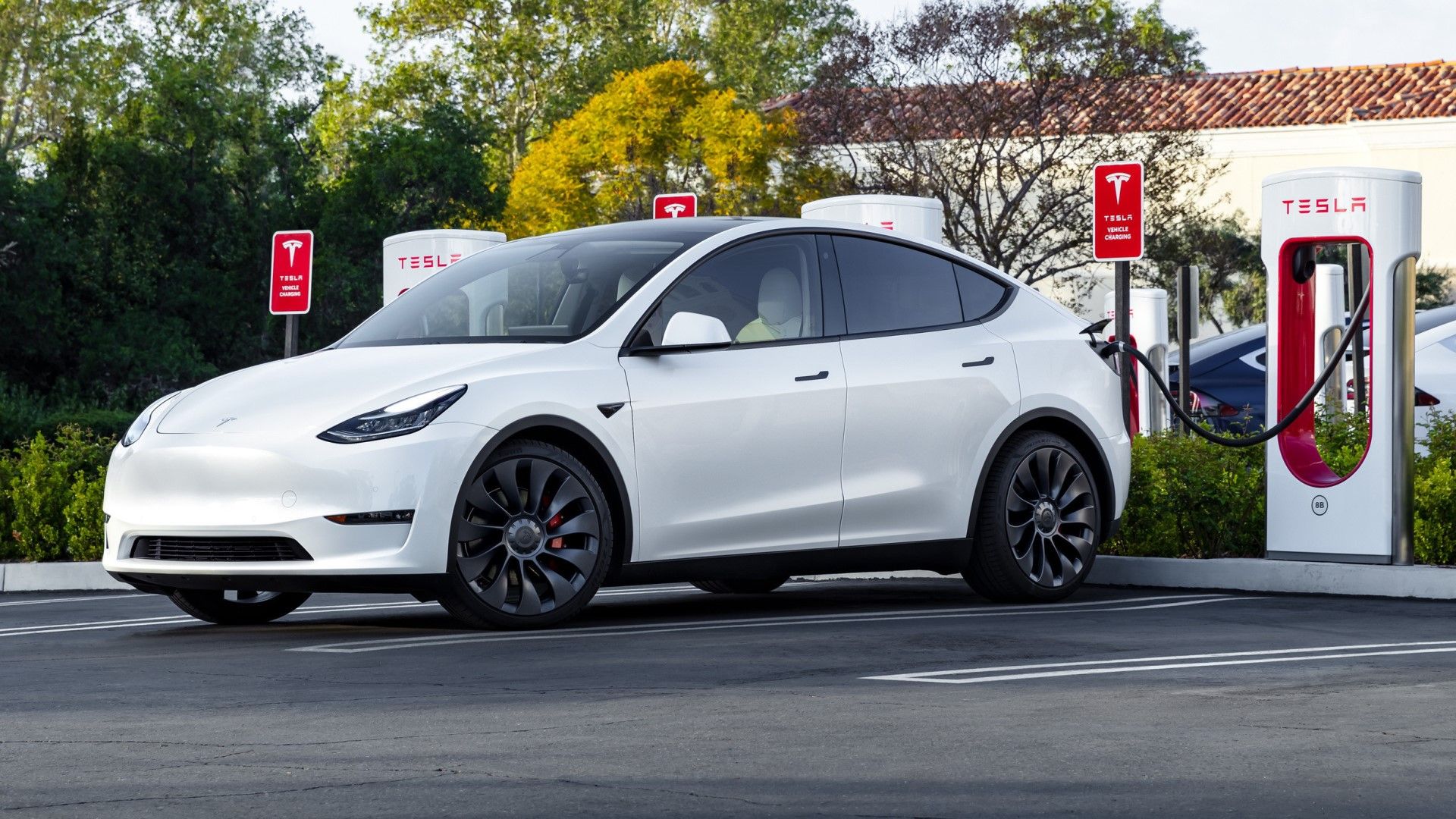
Related
The 10 largest charging stations for electric vehicles, sorted by number of locations
These 10 electric vehicle charging companies offer comprehensive charging services, helping to power the growing number of electric vehicles on the road.
Shell Recharge electric vehicle charging station at Shenzhen Airport is the largest in the world
Overview of the Shell charging station
Located in one of China’s busiest transport hubs right next to the airport, the Shell Recharge Shenzhen Airport EV Station is the largest electric vehicle charging station in the world with a remarkable 258 charging points. The result of a partnership between Shell Oil and Chinese electric vehicle manufacturer BYD, this state-of-the-art facility can charge hundreds of electric vehicles simultaneously to accommodate the high volume of traffic in the area. The large number of charging stations ensures that electric vehicle drivers in the area can charge quickly and reliably. Located close to the airport, the station serves not only local commuters but also travelers and all other electric vehicles on the road, making it an essential part of the transport infrastructure.
Thanks to the collaboration between Shell and BYD, the station has been equipped with modern fast chargers that significantly reduce charging times and increase convenience for electric vehicle owners. The station also features sophisticated energy management systems, including a vast network of rooftop solar chargers. This solar farm produces around 300,000 kilowatt hours of electricity annually and is a renewable energy source that powers the station and is used to charge customers’ vehicles.
Shell expands from the oil business into the charging infrastructure for electric vehicles
Shell, traditionally known for its dominance in the oil industry, is expanding its presence into the electric vehicle space. The development of the Shenzhen Airport EV station (and its 258 charging stations) is the brand’s largest EV infrastructure project to date. This station illustrates Shell’s strategic move to diversify its energy portfolio and support the global transition to cleaner transport. From one of the world’s largest oil companies, this is a clear example of the transition to an all-electric future.

Related
Oil giant Shell wants to help you switch to an electric vehicle
With the promise of 500,000 charging stations for electric cars by 2025, Shell is making the switch to electric cars easier
The growth of electric vehicle charging infrastructure in China
China’s commitment to the introduction of electric vehicles
It is no surprise to anyone in the industry that China has become one of the world’s leading countries in electric vehicle adoption. This is in part due to the government’s strong commitment to reducing carbon emissions and promoting sustainable energy solutions. This commitment is reflected in the extensive policies and incentives designed to encourage both consumers and manufacturers to switch to electric mobility. The country’s governments have introduced various perks and infrastructure development programs that make electric vehicle ownership more accessible and attractive to the general public, contributing to the rapid growth of the industry.
One example of China’s innovative approach to energy infrastructure is the Panlong Integrated Energy Station in Wuhan. This facility goes beyond traditional electric vehicle charging stations by offering a full range of energy solutions, including gasoline, diesel and hydrogen fueling, as well as electric vehicle charging. The station can support up to ten different energy sources, providing a pioneering model for how different energy needs can be met in one place.
Expansion of the charging network
China’s rapid expansion of electric vehicle charging networks is a key part of its strategy to promote the global adoption of electric vehicles. In major cities such as Shenzhen, home to the world’s largest electric vehicle charging station, the government and private sector have worked together to build comprehensive charging infrastructures that are both accessible and efficient. These networks include a mix of fast chargers, ultra-fast chargers and conventional chargers that meet different needs and ensure that electric vehicle drivers can find charging options wherever they are.
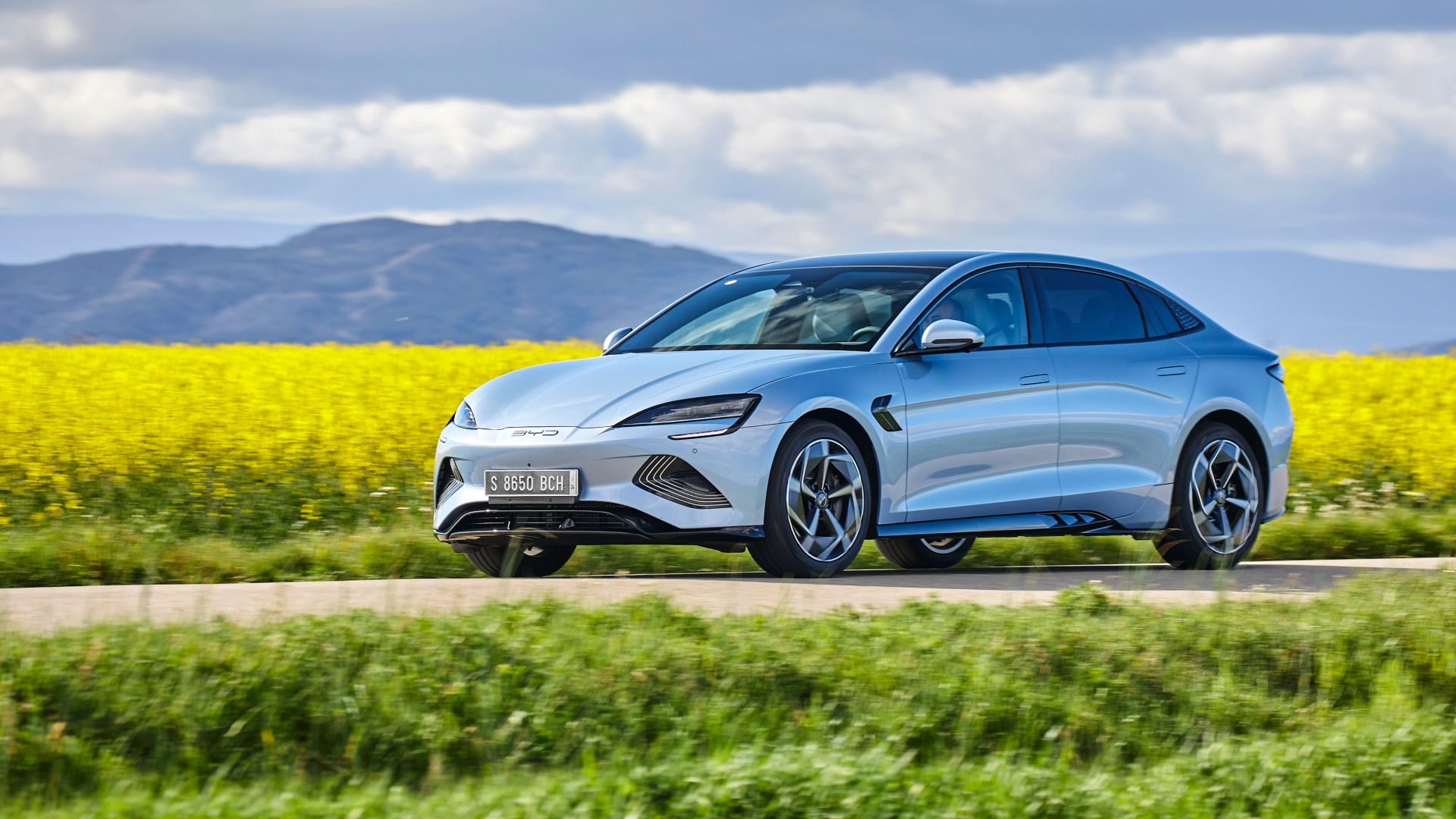
Related
China seems to have cracked the code for a successful electrified future
It goes without saying that China has been much more successful in implementing electrification compared to America and Europe, and here is the proof.
Comparing global efforts and the U.S. electric vehicle charging landscape
The largest electric vehicle charging stations in the USA
In the US, the Harris Ranch Tesla Supercharging Station is the largest electric vehicle charging station and boasts an impressive 198 fast-charging ports. Located just off Highway 5, this California station serves as a major charging hub for electric vehicle drivers traveling a little inland and away from major coastal cities. The size and capacity of the station reflect Tesla’s commitment to providing its customers with a reliable and accessible charging network that makes long-distance driving in an electric vehicle possible and reduces range anxiety as much as possible.
While Harris Ranch stands out for its size, it is only a small part of a much larger national effort to build a larger, more reliable electric vehicle charging infrastructure. Known for its widespread fast-charging capabilities, Tesla’s network is the second largest of its kind in the country after ChargePoint. ChargePoint dominates the market here in the U.S. with its extensive network of charging stations and connectors, offering a mix of fast and standard chargers. This extensive network ensures that electric vehicle drivers have access to charging facilities in many different locations, from urban centers to remote areas.

Add TopSpeed to your Google News feed.
Challenges and opportunities in expanding the US charging network
Despite the progress made, the U.S. still faces significant challenges in expanding its electric vehicle charging networks. One of the main obstacles is the fragmentation of the U.S. market, where multiple networks operate independently, leading to inconsistencies in access and pricing. For example, while ChargePoint and Tesla lead the way in terms of network size, other providers like Electrify America, Blink and SemaConnect contribute to a patchwork of charging options that can be confusing for consumers who simply don’t know where they can go and how the various charging stations work (or don’t work) with their electric vehicle.
However, this fragmentation also presents opportunities for growth and innovation. Competition between networks is driving improvements in technology, pricing and customer service, which ultimately benefits electric vehicle drivers. In addition, there is increasing emphasis on integrating renewable energy sources into charging stations, which could further improve the sustainability of the electric vehicle ecosystem.
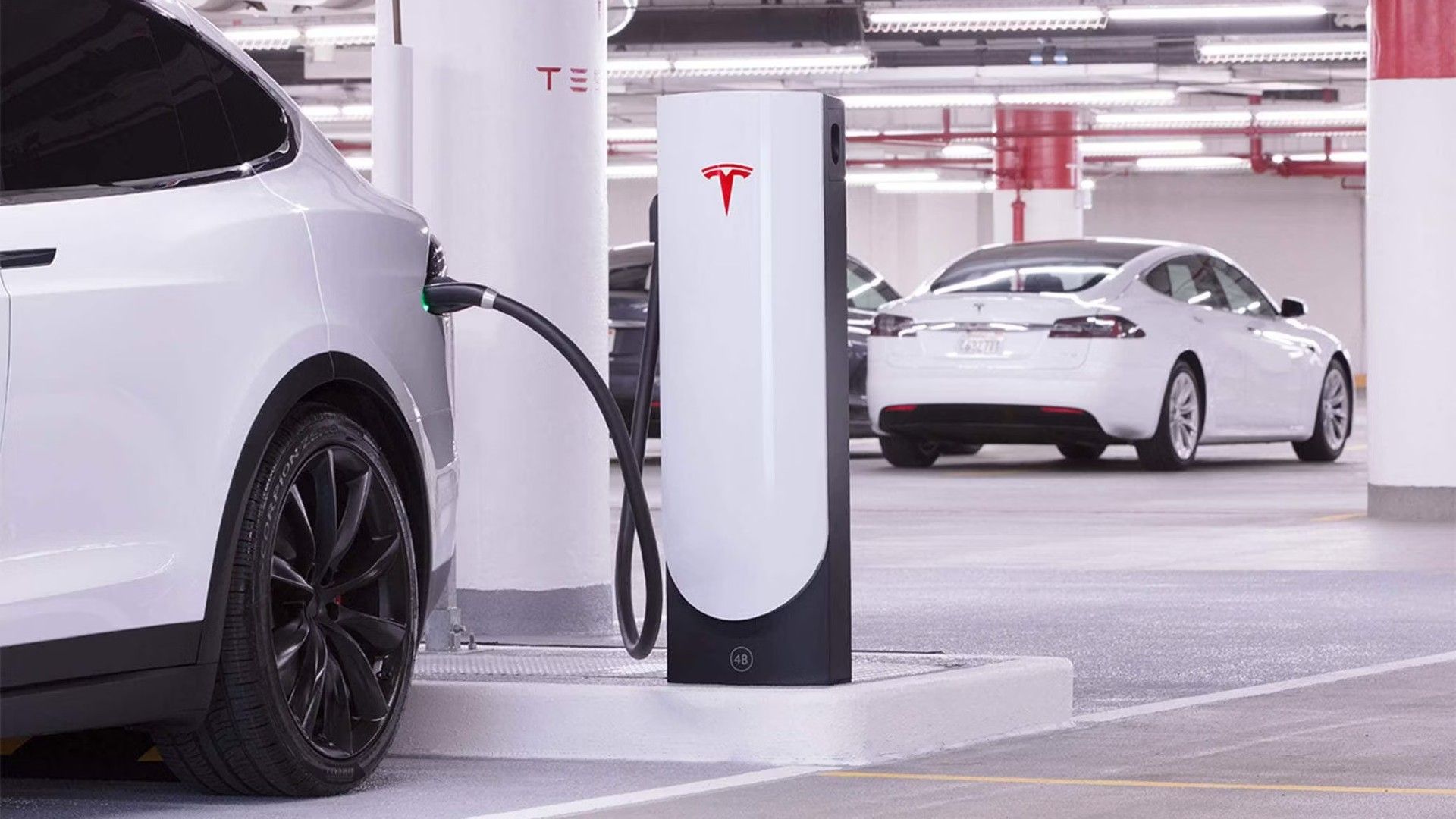
Related
The best charging stations for electric cars and what makes them special
These 10 companies are currently global pioneers in the electric car charging industry.
The future of charging stations for electric vehicles
New trends in charging and battery technology for electric vehicles
As the electric vehicle market continues to evolve, advances in battery technology will redefine the landscape of electric vehicle charging. One of the most promising developments is the solid-state battery, which offers significant improvements over traditional lithium-ion batteries, such as longer range and smaller size.
Toyota is leading the way in this innovation, having unveiled a battery that was originally designed to have a range of 900 miles, but has since been reduced to 745 miles. This breakthrough could drastically reduce the need for frequent recharges and make long-distance EV driving more practical and convenient. Samsung is also making waves in the battery industry with its 600-mile solid-state battery, unveiled at the 2024 SNE Battery Day Expo. These advances point to a future where EVs could travel much farther on a single charge, potentially reducing the overall need for charging stations.
The role of renewable energy and sustainability
While solid-state batteries and other innovations are expected to increase the range of electric vehicles and make them more efficient, alternative technologies such as hydrogen fuel cells are also being explored as possible solutions for sustainable transportation. Hydrogen fuel cells offer the advantage of faster refueling times and the potential for longer ranges, but face significant hurdles in terms of infrastructure development and large-scale production. Currently, the production and distribution of hydrogen fuel are expensive and energy intensive, limiting the viability of this technology as a mainstream alternative to battery-powered electric vehicles.
Despite these challenges, the integration of renewable energy sources into electric vehicle charging stations is already becoming a reality, such as the versatile station in Wuhan, China, and represents an important step towards a more sustainable future. Many charging networks today are powered by solar, wind or other renewable energy, reducing the carbon footprint of electric vehicles even further. As the industry continues to innovate, the future of electric vehicle charging will likely involve a combination of advanced battery technologies, integration of renewable energy and possibly hydrogen fuel cells, all contributing to a more efficient and environmentally friendly transportation ecosystem.

